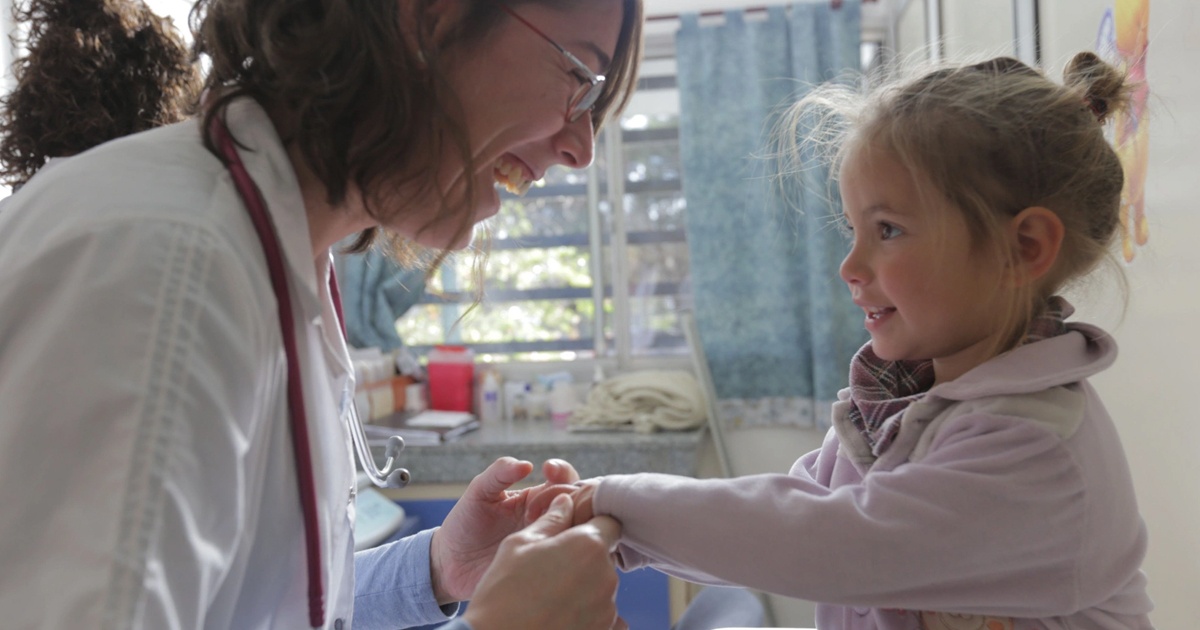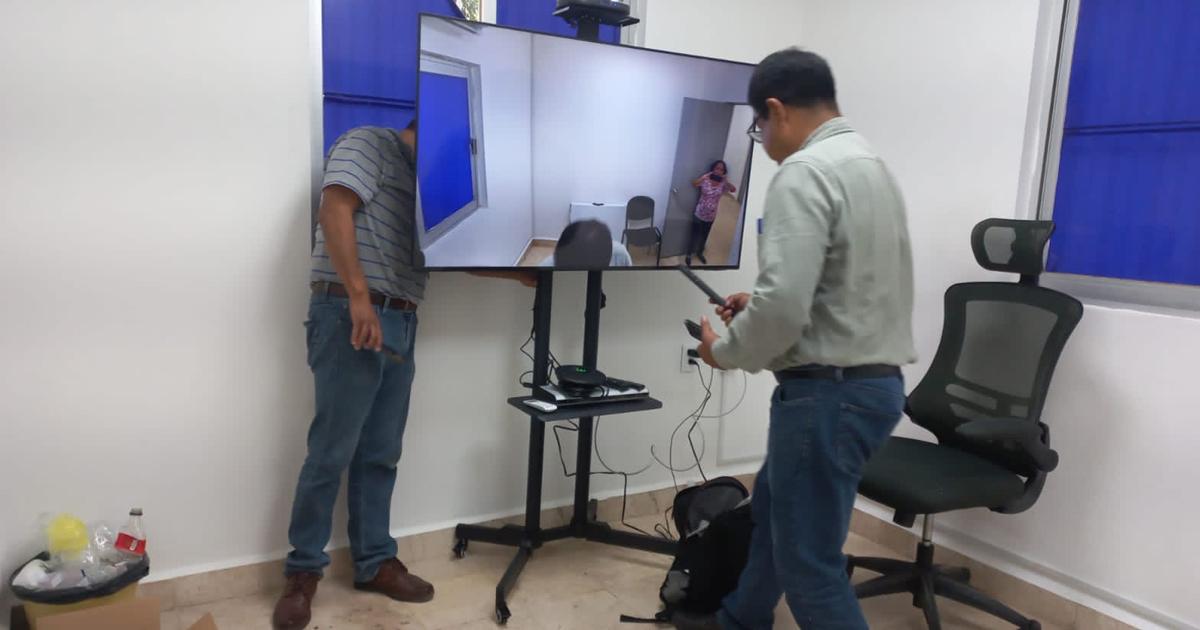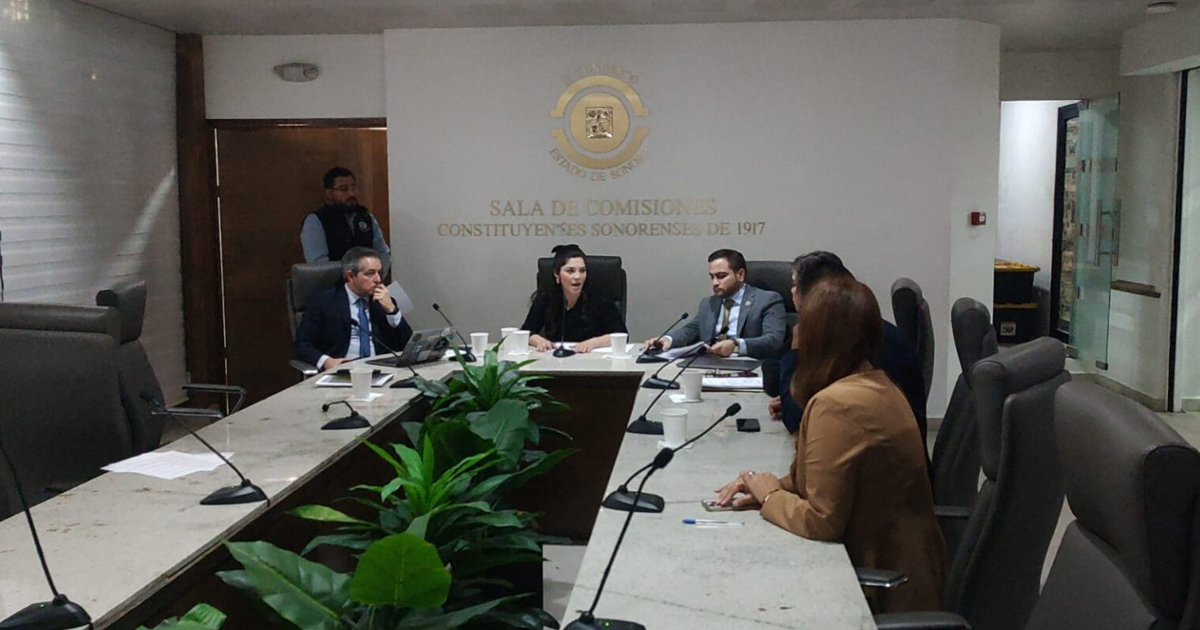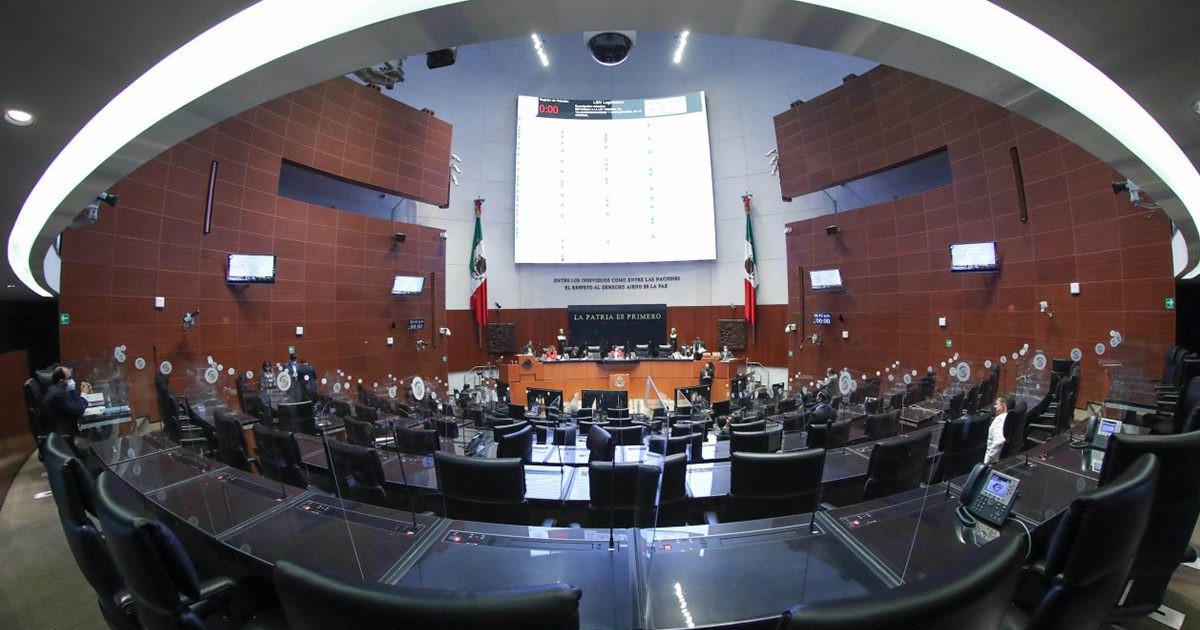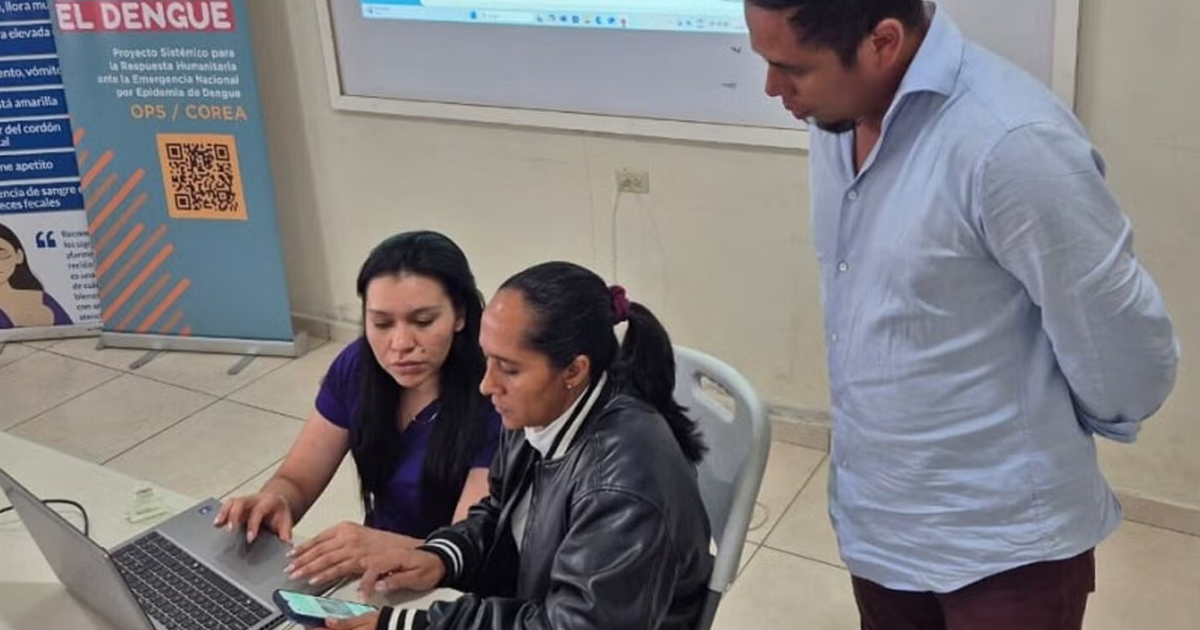A través de tecnología holográfica, un grupo de estudiantes y un docente de la UNAM, realizaron una cirugía de hombro con el apoyo remoto de un especialista en un hospital de Francia.
El docente de la UNAM, Michell Ruiz Suárez, maestro en ciencias y especialista en ortopedia, participó junto a su equipo de alumnos en una cirugía que contó con técnicas de teleasistencia, a través de la utilización de lentes para obtener la imagen holográfica del paciente y el apoyo de un especialista externo. Ruiz Suarez, explicó que el procedimiento utilizó tecnología de Microsoft, específicamente HoloLens 2, anteojos inteligentes para realidad mixta y Dynamics 365 Remote Assist, plataforma para conectar con especialistas de manera remota y en tiempo real.
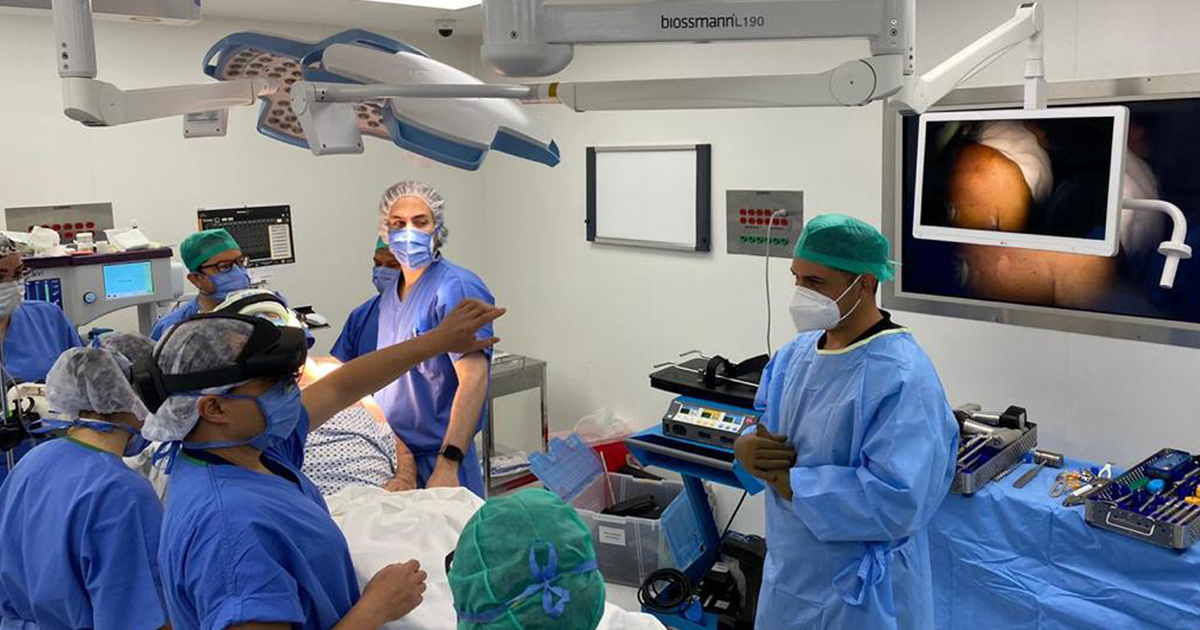
De esta forma fue posible que los alumnos realizaran una cirugía de hombro con asistencia remota a través de tecnología holográfica y de realidad mixta, la primera en México. La cirugía fue realizada en diciembre de 2020, bajo la dirección de Thomas Grégory médico francés que se contactó gracias a esta tecnología desde el Hospital Avvicenne en Francia.
Ruiz Suárez, explicó que la tecnología de los anteojos de realidad mixta permite la reconstrucción del sistema óseo del paciente. Esto abre la oportunidad para realizar simulaciones de cirugías, o hacer operaciones precisas en tiempo real, como lo hicieron los estudiantes de la UNAM. “Lo que hacemos es proyectar, de manera virtual, la estructura ósea del paciente que se hace a partir de una tomografía. Lo que hacemos es procesar las imágenes en las computadoras, se suben los archivos y a través de aplicaciones transforman las imágenes bidimensionales, a tridimensionales y, finalmente, un holograma”, explicó el docente.
Esta tecnología es importante también en el proceso de especialización y educación de los médicos y futuros médicos, ya que plantea situaciones reales con apoyo de especialistas externos. “La educación médica continua es costosa, pues implicaba viajar a centros especializados y se tenía, a veces, que entrar a listas de espera; sin embargo, la pandemia nos vino a mostrar que esto lo que hace es acortar las limitaciones para tener acceso a la mejor educación en todo momento”, explicó el especialista en ortopedia.
El docente de la UNAM también consideró las posibles mejoras que se pueden añadir a este tipo de sistemas, para sacar mayor provecho de las tecnologías: “el siguiente paso será la navegación holográfica, lo que implica que no solo las imágenes darán un feedback en tiempo real, y serán capaces de captar nuestra posición para hacer las correcciones necesarias”, explicó.
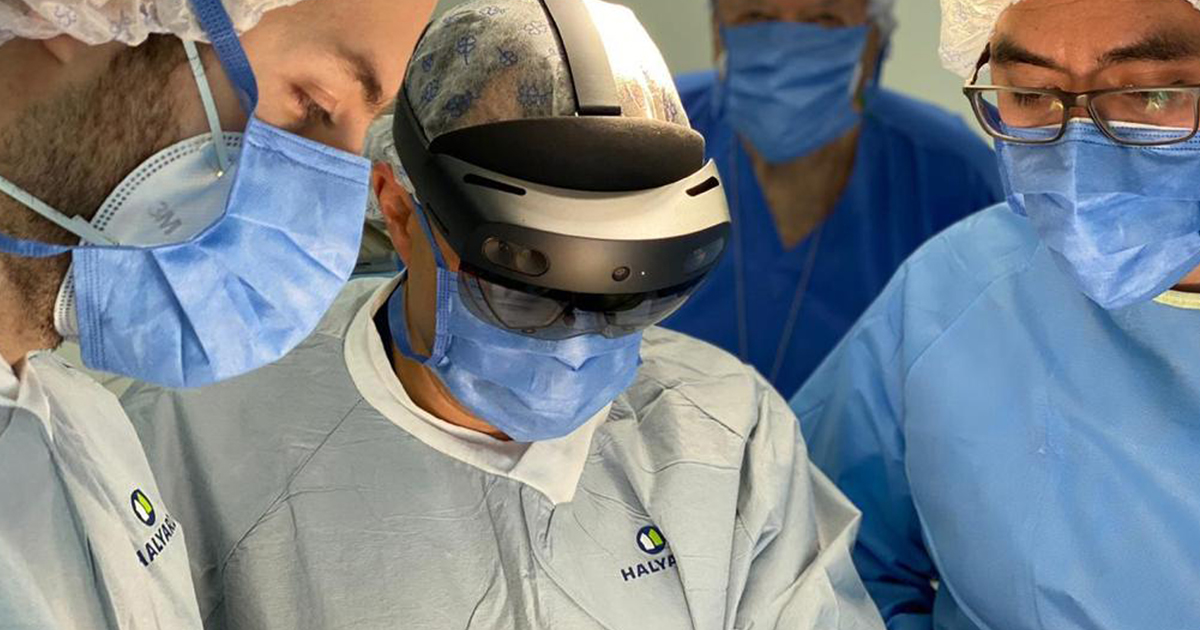
Además de su utilidad, la aplicación de estas tecnologías no requiere de gran infraestructura o equipo. Simplemente la utilización de los lentes y una conexión a internet estable dentro del hospital serán necesarios para permitir la asistencia remota quirúrgica de un especialista.
En cuanto al desarrollo tecnologías de asistencia remota, en México existen diferentes opciones de asistencia virtual para que instituciones educativas apliquen técnicas de teleasistencia and telemedicine. A través del siguiente enlace es posible ver fragmentos de video de la intervención realizada por los estudiantes de la UNAM: https://youtu.be/kcRGC-pNpoU


